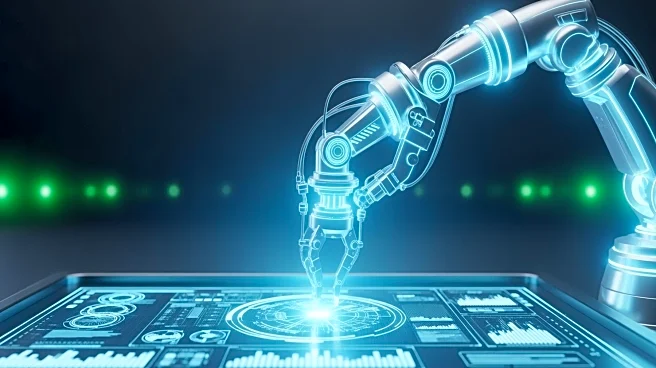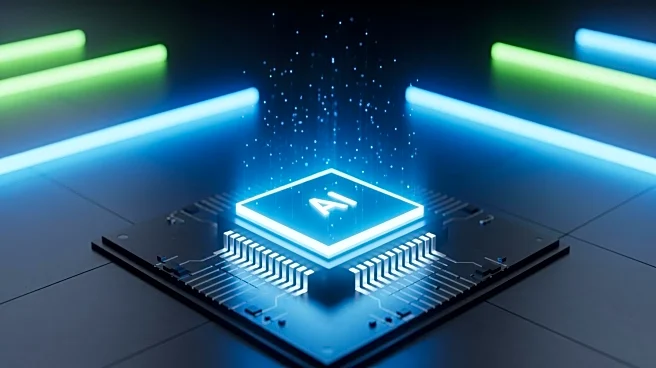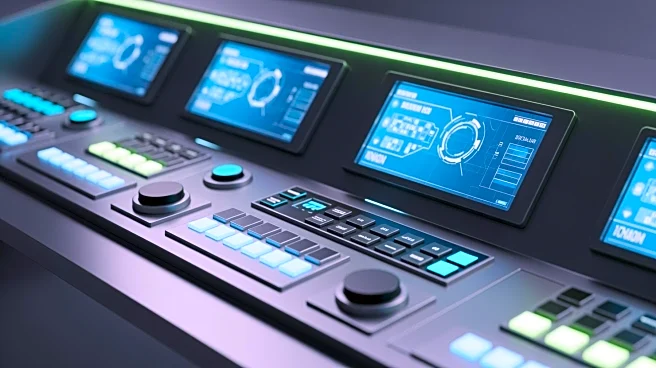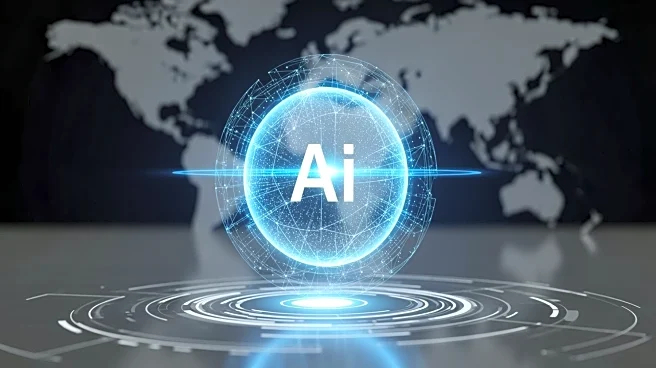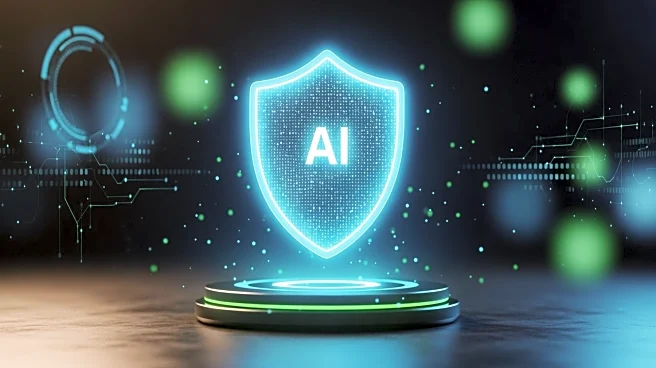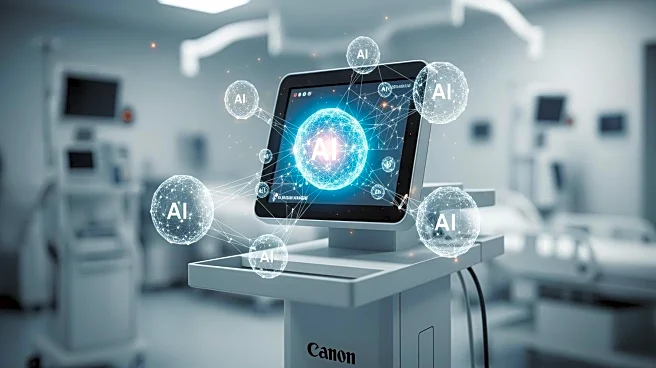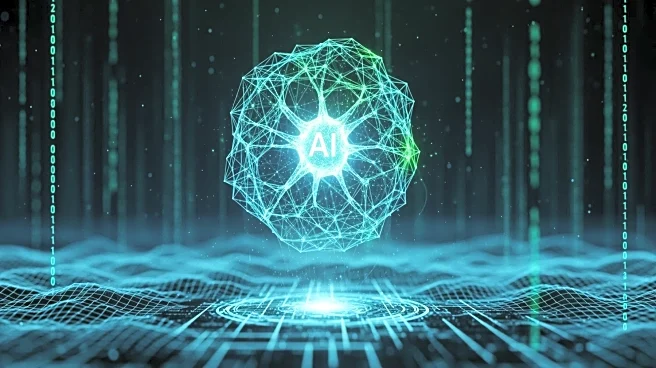What's Happening?
AISLE has emerged from stealth with a new AI-based cyber reasoning system (CRS) designed to autonomously identify, triage, and remediate software vulnerabilities. The system, described as AI-native, aims
to address both known and zero-day application vulnerabilities with verification. The company, founded by Ondrej Vlcek, Jaya Baloo, and Stanislav Fort, leverages AI to shift the advantage back to cybersecurity defenders by automating the vulnerability remediation process. This development comes in response to the increasing speed and cost-effectiveness of AI-driven attacks, which have outpaced traditional defense mechanisms. AISLE's system promises to reduce the time taken to remediate vulnerabilities from weeks or months to days or even minutes, while maintaining human oversight.
Why It's Important?
The introduction of AISLE's AI-based system is significant as it addresses the growing challenge of cybersecurity threats exacerbated by AI technologies. With over 40,000 new software vulnerabilities discovered in 2024 alone, the need for rapid and accurate remediation is critical. Attackers have been quick to adopt AI for exploiting vulnerabilities, often within five days, whereas organizations typically take 45 days to address critical issues. AISLE's system could potentially transform cybersecurity practices by enabling faster responses to threats, reducing exposure, and minimizing disruptions. This shift could benefit industries reliant on software security, including finance, healthcare, and government sectors, by enhancing their defense capabilities against increasingly sophisticated cyber threats.
What's Next?
AISLE's system is expected to continue identifying and remediating vulnerabilities across various software platforms, including foundational software like the Linux kernel and Apache stack. The company plans to offer configurable levels of automation, allowing customers to choose the degree of human oversight in the remediation process. As AISLE's technology gains traction, it may influence broader cybersecurity strategies, encouraging other firms to adopt similar AI-driven solutions. The ongoing development and deployment of AISLE's system could lead to a future where software stacks are self-defending, reducing the burden on developers and security professionals.
Beyond the Headlines
AISLE's approach to cybersecurity highlights the ethical and operational balance between automation and human control. While full automation offers speed and accuracy, maintaining human oversight ensures accountability and adaptability in unforeseen scenarios. The system's ability to autonomously resolve vulnerabilities could lead to long-term shifts in cybersecurity practices, potentially setting new standards for software defense mechanisms. As AI continues to evolve, the integration of such systems may prompt discussions on governance and trust in AI-driven cybersecurity solutions.
